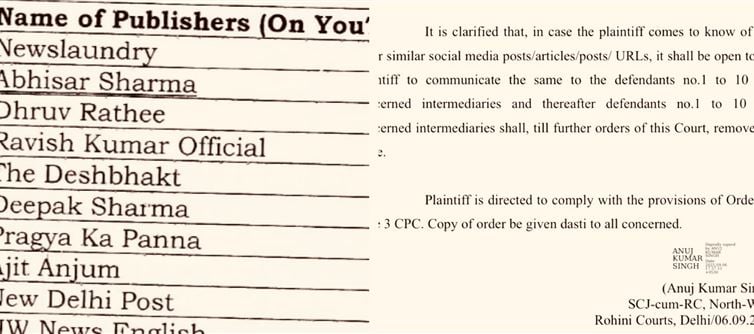
The state of free speech in india just hit a new low. Based on multiple reports, here’s how the rohini court–Adani–YouTube saga unfolded, and why it reeks of pure authoritarian muscle-flexing:
1. The Silent Strike: Ex Parte Order on Sept 6
On september 6, 2025, Delhi’s rohini Court passed an ex parte order—meaning without hearing the other side—directing the removal of allegedly “defamatory” content on Adani. Journalists weren’t even in the room when their voices were gagged.
2. The Impossible Deadline: 5 Days to Vanish Content
The order demanded deletion within five days, by september 11. A near-impossible timeline, especially since the people targeted weren’t even told about it.
3. The Kafkaesque Twist: Journalists Informed AFTER Deadline
Notifications were sent to journalists and platforms only on September 16—a full week after the deletion deadline had already passed. Think about that: You’re punished before you even know the rules.
4. YouTube as the Executioner
Platforms like YouTube now have no choice but to automatically delete the flagged videos. court order + missed deadline = instant censorship. No debate, no defense, no democracy.
5. Journalists Left Chasing Shadows
Reporters and independent media, blindsided by this bureaucratic ambush, are scrambling to challenge the order. But by the time they even step into court, the content is already gone—erased from public memory.
6. Democracy on Mute, Dictatorship on Loudspeaker
This isn’t just about Adani, YouTube, or a single order. It’s about a pattern: weaponizing courts and tech platforms to silence critics while pretending due process was followed. Spoiler: it wasn’t.
🔥 Bottom Line: India’s judiciary just pulled off the wallet PLATFORM' target='_blank' title='digital-Latest Updates, Photos, Videos are a click away, CLICK NOW'>digital equivalent of a midnight knock—censor first, inform later, and let journalists shout into the void.




 click and follow Indiaherald WhatsApp channel
click and follow Indiaherald WhatsApp channel